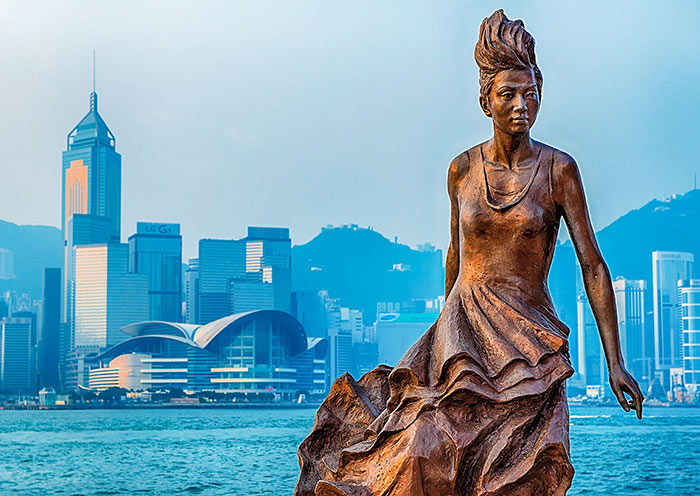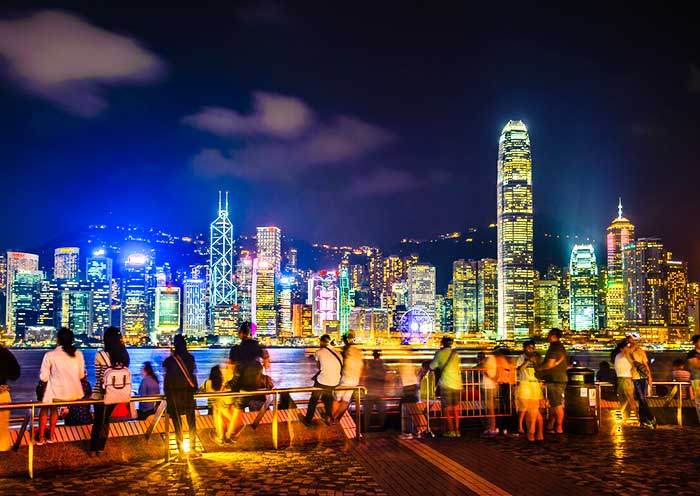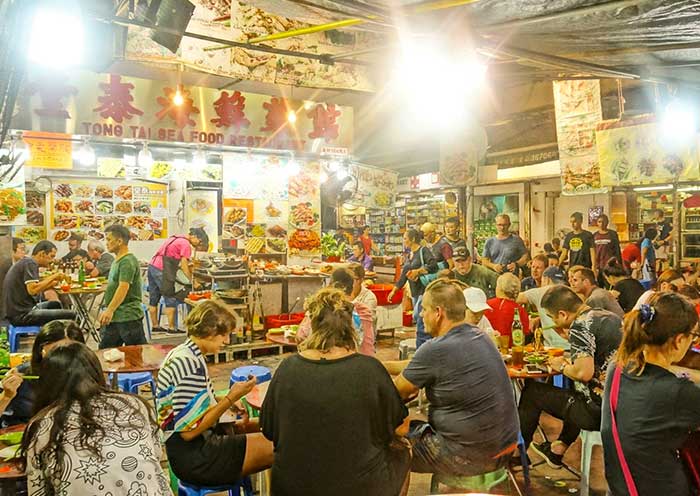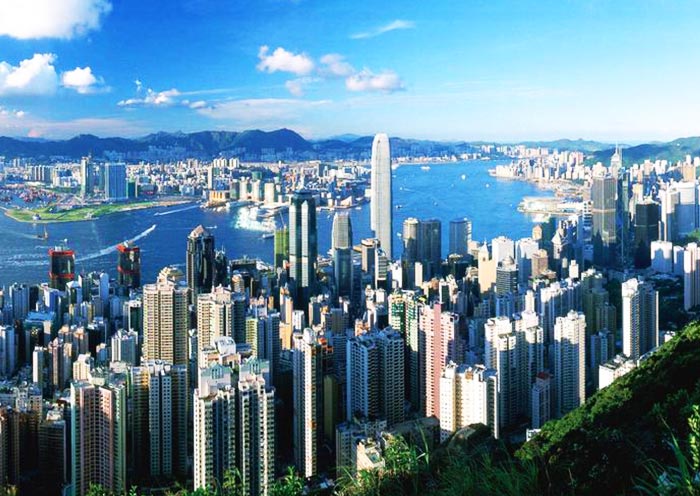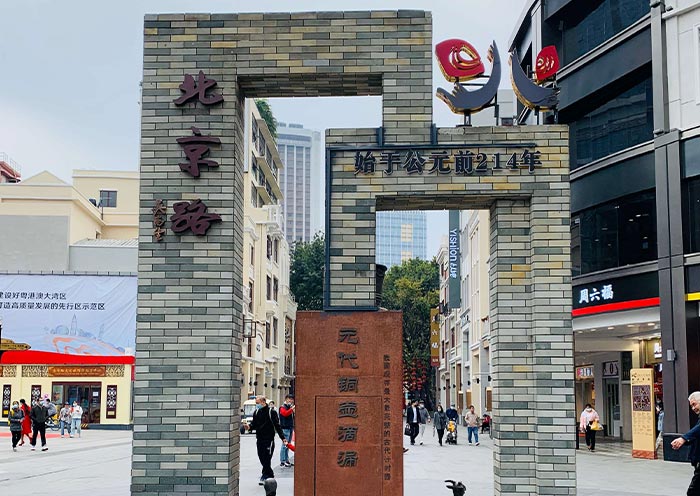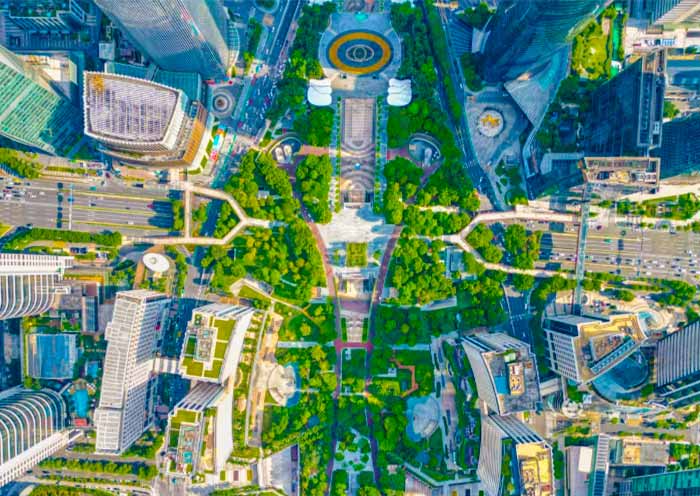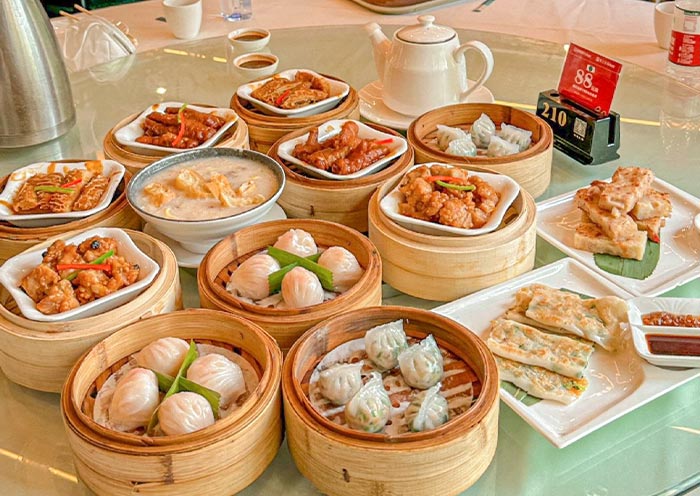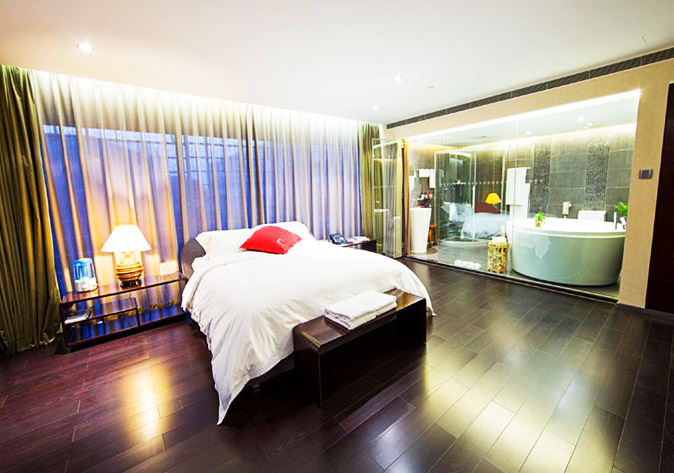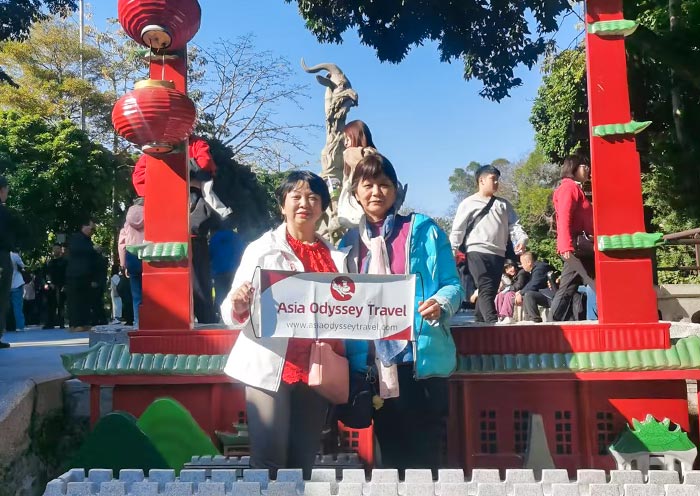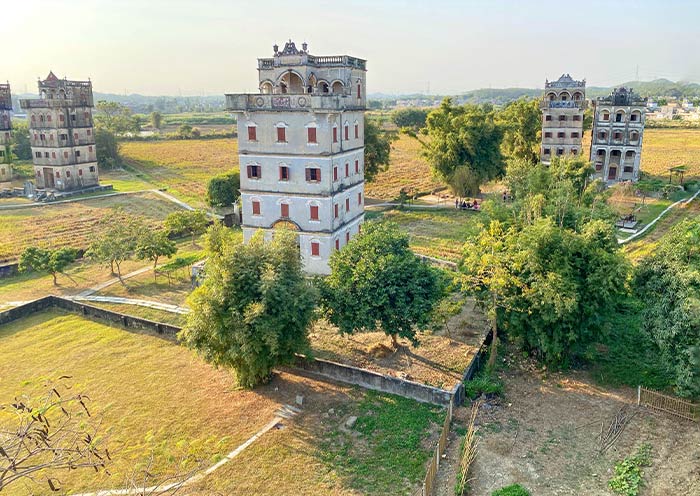The Ancient Central Axis: Tracing Back to the "Origin" of Guangzhou
Spanning millennia, the ancient central axis of Guangzhou stands as a testament to the city's profound historical significance. This axis, running through key locales such as Yuexiu Park and Beijing Road, this historical vein pulsates with stories that have shaped Guangzhou's identity. The foundational point of Guangzhou can be traced back over 2,000 years ago when the Nanyue Kingdom during the Qin and Han dynasties established its capital here, marking the inception of an enduring narrative.
Greeted by the morning light, you can pay a visit to Yuexiu Park (越秀公园) like the locals. The park, which centers around Yuexiu Mountain, stands as one of the landmarks of Guangzhou. Yuexiu Mountain, an extension of Baiyun Mountain, has remnants from over 2,000 years ago left by the Nanyue King Zhao Tuo, hence its initial name "Yue King Mountain." Following the Xinhai Revolution, Sun Yat-sen frequented Yuexiu Mountain for reading and official duties. Today, Yuexiu Park is lush and vibrant, functioning as a comprehensive park that serves both locals' leisure activities and tourists' sightseeing.
Entering through the park's west gate, on your right, stands an 11-meter-tall sculpture known as the Five Rams Sculpture (五羊石雕) which is deeply rooted in a local legend integral to Guangzhou's cultural identity. According to the lore, during a severe famine thousands of years ago, five immortals rode into Guangzhou on five rams and presented the people of Guangzhou with rice stalks held in their mouths and wished the region to be forever free from famine. After their departure, the five rams transformed into stone, leading to the city's nicknames, the "City of Rams". It is more than just a physical landmark, as it embodies the city spirit of gratitude, compassion, mutual assistance, diligence, and bravery, and has become a symbol of Guangzhou. On the slope opposite the Five Rams Sculpture, you will see the only remaining section of the ancient wall from the Ming Dynasty. Over 600 years old, this wall bears witness to the urban layout's formation during that era.
Continuing your journey, ascend to the summit where the Zhenhai Tower (镇海楼), commonly referred to as the "Five-Storied Pagoda," stands tall and proud after its 600 years of repeated destruction and rebuilding. During the Ming Dynasty, Zhenhai Tower was the highest building in Guangzhou, and a good place for the ancient people of Guangzhou to enjoy the beautiful scenery. Once you reach the top, a panoramic view awaits, offering breathtaking sights of the Pearl River and Baiyun Mountain. This tower now hosts the Guangzhou Museum, a historical comprehensive museum that serves as a crucial venue for collecting and displaying historical artifacts of Guangzhou. Also perched on the mountain is the Sun Yat-sen Monument (中山纪念碑), built to commemorate the democratic revolutionary Sun Yat-sen. It was designed by the famous architect Lu Yanzi, who also designed the Sun Yat-sen Memorial Hall (中山纪念堂), an octagonal palace-style structure that seamlessly blends Eastern and Western architectural styles. They are both located on the traditional central axis of Guangzhou city, forming a unified whole and becoming symbols of Guangzhou’s modern history.
After you visit Yuexiu Park, delve underground to explore the Western Han Dynasty Nanyue King Mausoleum Museum(南越王墓博物馆). Here, you'll get to witness firsthand the genuine tomb of Zhao Mo, the second emperor of the Nanyue Kingdom during the early years of the Western Han Dynasty. The museum serves as a reminder of Guangzhou's ancient history, the Nanyue Kingdom was a significant regional power and provides crucial insights into the Nanyue culture. For anyone interested in Chinese history, archaeology, or art, the tomb is the largest and the best preserved color-painted stone chamber found to date in the Lingnan region in South China and has unearthed numerous artifacts. Among all the 1,000 pieces of cultural artifacts, you won’t miss the spotlight “Jade Burial Garment” which is made up of 2291 pieces of jade, and also a collection of over 400 delicate ceramic pillows.
After visiting the Mausoleum Exhibition, head south to reach Beijing Road (北京路) - one of the most popular pedestrian streets in Guangzhou. This vibrant street offers a combination of global brands and local boutiques, as well as a wide range of dining options, from Cantonese street food to high-end restaurants. However, Beijing Road is more than just a shopping and dining destination. Known as Guangzhou's "millennium-old pathway," Beijing Road, once the nerve center of Guangzhou's political, economic, and cultural activities, has been the city's central axis since its establishment, with the city expanding outward from this starting point,. As you meander down the street, take note of the transparent glass panels underfoot. These panels offer a unique window into the past, revealing 11 ancient road layers from five historical periods: the Southern Han, Tang, Song, Ming, and Qing dynasties, as well as the base of the Song Dynasty's Gongbei Tower. Furthermore, Beijing Road is home to numerous historical and cultural sites. At the north end of the street is the Nanyue King Museum's Palace Exhibition (南越王博物院王宫展区), displaying archaeological remains of the Nanyue Kingdom's palace. Next to it is the Guangzhou City God Temple(广州市都城隍庙) which is the largest city God temple in Lingnan area during the Ming Dynasty. At the south end of the street is the Giant Buddhist Temple(大佛寺), showcasing a combination of traditional temple and Lingnan architectural styles.
The New Central Axis: Embracing the "Future" of Guangzhou
Following your journey through Guangzhou's ancient central axis, the narrative shifts towards the contemporary heartbeat of the city—the New Central Axis. It offers a contrast to the ancient legacies, introducing the city's modern evolution. As Guangzhou cements its place as a global metropolis, the new axis epitomizes the city's rapid development, ambition, and forward-looking vision.
Start your exploration at the Zhujiang New Town(珠江新城), which is Guangzhou's central business district and the symbol of its modern skyline. Home to towering skyscrapers: the sleek Guangzhou IFC Tower and the majestic CTF Finance Center. Looming in the distance is the iconic Canton Tower, an astonishing feat of engineering soaring to 600 meters. Locally, these three titans are affectionately dubbed "广州三件套" or "Guangzhou Three Piece Set."
The heart of the New Central Axis, Huacheng Square(花城广场), is a sprawling green urban park and public space surrounded by landmarks like the Guangzhou Opera House, designed by the famous architect Zaha Hadid, and the new Guangzhou Library, the Guangdong Provincial Museum. Most importantly, appreciate the slim outline of the iconic Canton Tower (广州塔) on the opposite bank of Pearl River. The square comes alive in the evening, with water features, light shows, and the shimmering reflections of the city's skyline in its man-made lakes.
Lastly, don't miss a stroll along the Pearl River(珠江), especially during the evening. With the city lights reflecting on the water, and the famous Pearl River Cruise passing by, it's a picturesque scene blending the old and new worlds of Guangzhou. As you conclude your journey along the Old & New Central Axis, you're left with an impression of a city that respects its past, yet eagerly embraces the future.
Evening Optional Activity: Dive into Guangzhou's enchanting night atmosphere with a memorable Pearl River night cruise (about 60 minutes) during 7 to 10 pm. A night cruise provides an unmatched vantage point to admire Guangzhou's skyline. Drift past iconic landmarks such as the Canton Tower, which shines brilliantly against the night sky, and the beautifully illuminated bridges that stretch across the river.








